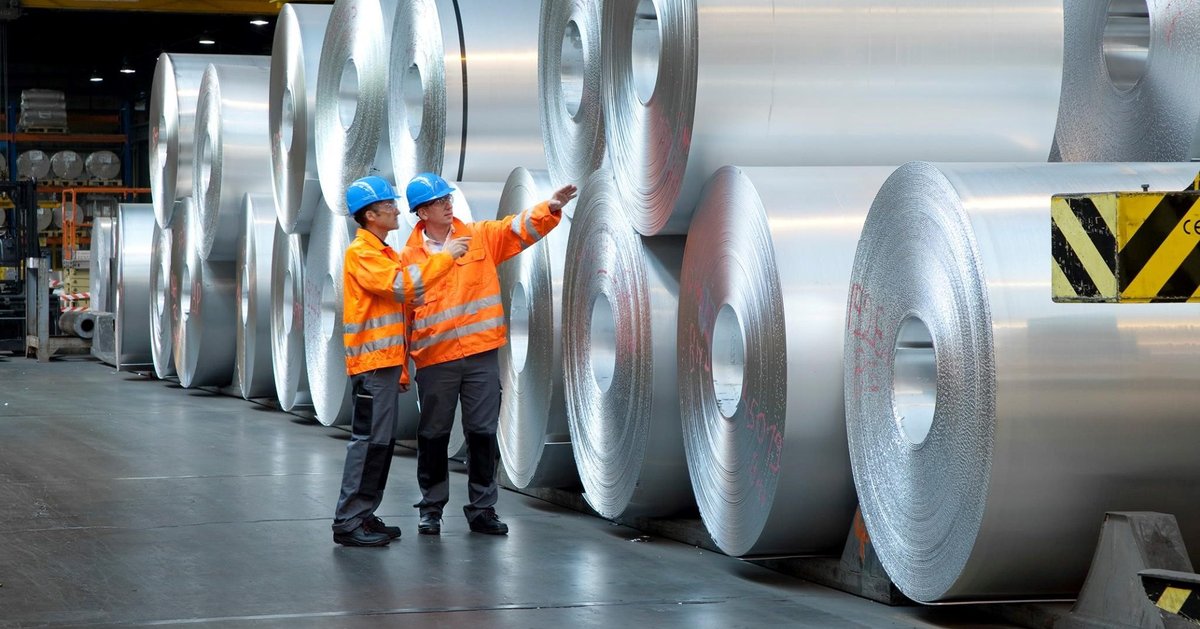Decarbonising the Aluminum Industry in North America: A Path to Net Zero
Key Ideas
- The Aluminum Association in North America aims to achieve industry-wide carbon emission reductions in alignment with the IEA's Net Zero 2050 goals.
- Strategies include the adoption of new primary aluminum production technologies, transition to green hydrogen, and deployment of clean energy technologies.
- The industry has significantly reduced carbon emissions since 1991 but acknowledges the need for substantial investments and a collective effort to meet net zero targets by 2050.
The Aluminum Association in North America has released a roadmap titled 'Pathways to Decarbonisation: A North American Aluminum Roadmap,' outlining strategies to reduce greenhouse gas emissions and achieve industry-wide carbon emission reductions in line with the International Energy Agency's Net Zero 2050 goals. The report highlights that North America already has a lower aluminum-product carbon footprint compared to global averages, thanks to the use of low-carbon primary aluminum and increased recycling efforts. However, achieving the onerous emissions reductions targets by 2050 would require substantial investments and a collaborative approach.
To meet the net-zero climate goals by 2050, estimated at around US$1 trillion globally, the aluminum industry aims for emissions reductions of 24% by 2030, 63% by 2040, and 92% by 2050. The roadmap suggests pathways such as adopting new aluminum production technologies, transitioning to green hydrogen, and electrifying furnaces. It emphasizes that while the industry can control about one-third of the required emissions reductions through technology improvements, the remaining two-thirds require affordable manufacturing technologies and policy support.
Charles Johnson, the president & CEO of the Aluminum Association, acknowledges the industry's progress in reducing carbon emissions but stresses the need for further actions to meet net zero targets by 2050. The industry aims to lead in producing lower carbon metal and play a vital role in the clean energy transition through investments and a collective clean energy approach.
Topics
North America
Energy Efficiency
Decarbonisation
Carbon Footprint
Net-zero Goals
Aluminium Industry
Clean Energy Technologies
Sustainability Efforts
Latest News
